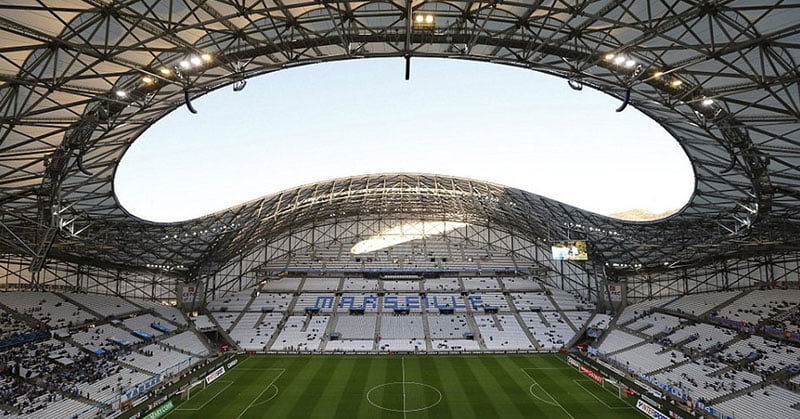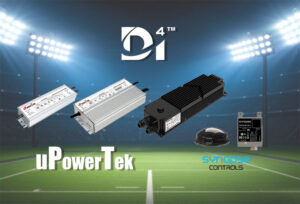Stadium lighting plays a vital role in providing illumination for sporting events, concerts, and other large-scale outdoor events. In recent years, the development of LED technology has led to significant advances in stadium lighting, making it more efficient, cost-effective, and versatile. One key component of LED stadium lighting systems is the LED driver, which plays a critical role in providing power and control for the LED fixtures. Here are some developing trends in stadium light LED driver technology:
1. Increased Efficiency and Power Density:
- High-efficiency drivers: Stadiums consume a large amount of energy for lighting. LED driver manufacturers are developing highly efficient drivers that minimize power losses and reduce overall energy consumption.
- High power factor and low THD drivers: Power factor provides good efficiency for power grid and lower THD is more and more required by developed countries.
- High Power Density: Stadium lighting requires powerful illumination. Modern LED drivers are being designed to deliver high power density, enabling them to manage more powerful LED arrays in a compact form factor.
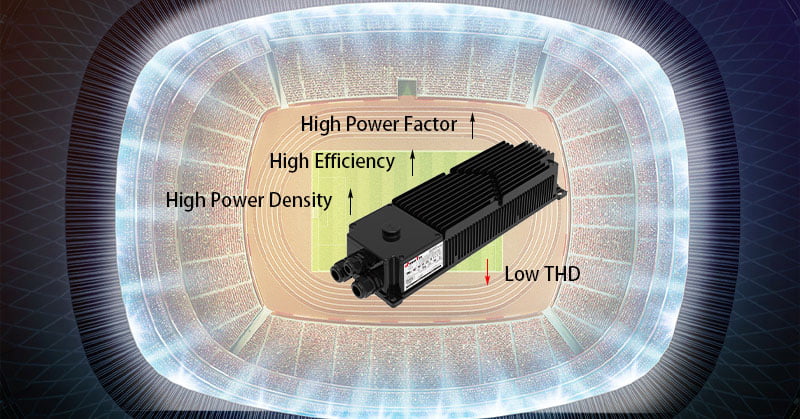
2. Enhanced Reliability and Durability:
- Ruggedized designs: Stadium environments can be harsh, with exposure to extreme temperatures, weather conditions, and vibrations. LED drivers are being designed to withstand these stresses and ensure reliable performance over a long lifespan.
- Surge protection: Stadium lighting systems can be susceptible to power surges. Drivers are incorporating surge protection features to safeguard sensitive electronic components. 10kV and even 20kV surge protection level is more and more required in the market.
- Thermal protection: High power LED drivers generate large power loss thus the thermal situation should be paid great attention to. Having both thermal protections from LED modules and LED driver is great improvement on reliability.
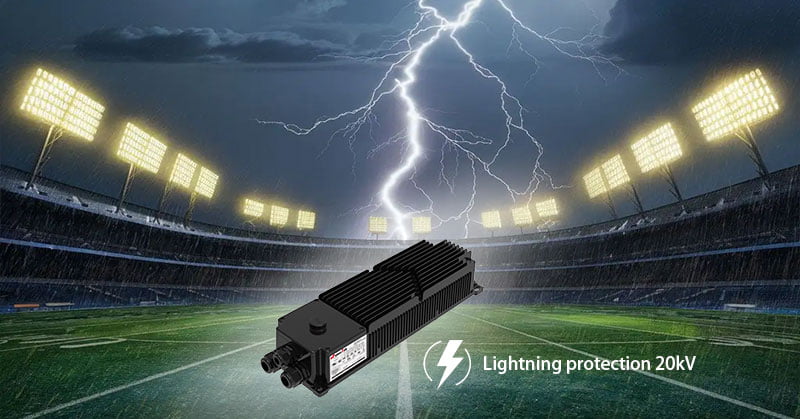
3. Integration with Smart Lighting Systems:
- Connectivity and communication: Stadiums are increasingly adopting smart technologies for better management and control. LED drivers are being equipped with communication interfaces to integrate with smart lighting systems. This allows for remote monitoring, real-time adjustments, and data analysis for optimizing energy usage.
- Advanced dimming and control features: Stadium lighting needs vary depending on the event. Modern drivers offer dimming capabilities by DMX, DALI, D4i or wireless and programmable control systems. This allows for adjustments to light intensity, creating dramatic effects or tailoring lighting for different sports or activities.
- IoT Integration: Integrating IoT technology into LED drivers allows for smart control of stadium lighting. This includes remote monitoring, real-time adjustments, and automated scheduling to optimize performance and energy use.
- Wireless Communication: Advanced LED drivers support wireless communication protocols (e.g., Zigbee, Bluetooth, Wi-Fi), enabling seamless integration with building management systems and other smart devices.
- RGBW or RGB color mixture: Stadium lights is not only playing the role of lighting but also creating different dynamic effects during the matches. Flashing with different colors from the light fixtures is becoming more and more welcome.
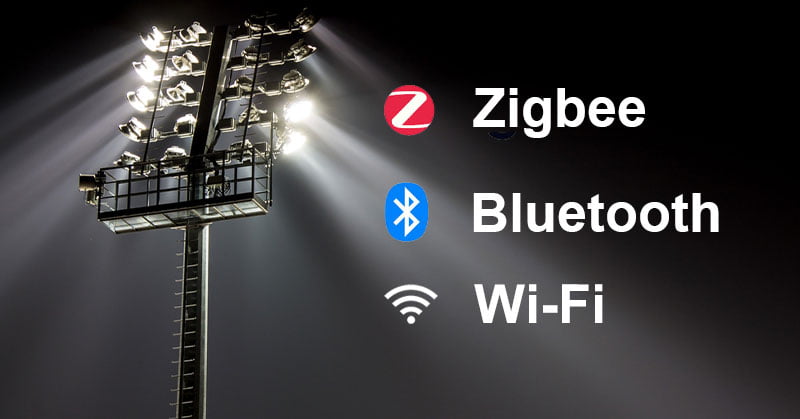
4. Emphasis on Safety and Maintainability:
- Safety certifications: Stadium lighting systems must comply with strict safety regulations. LED driver manufacturers are ensuring their products meet these standards.
- Ease of maintenance: Drivers are being designed for easier installation, maintenance, and troubleshooting. This minimizes downtime and maintenance costs.
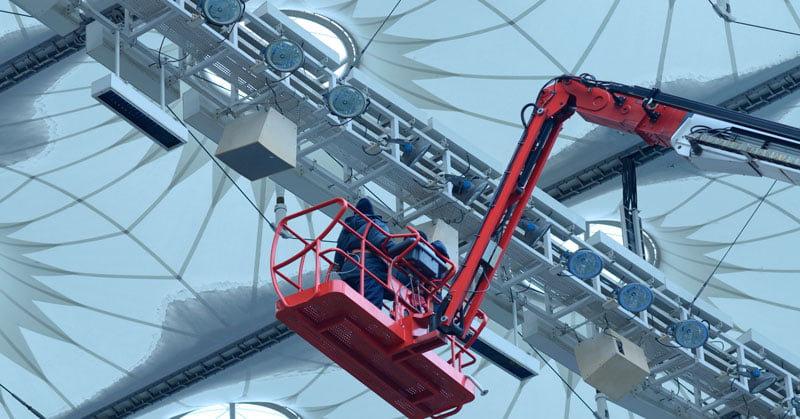
5. Cost Reduction and Scalability:
Economies of Scale: As the adoption of LED lighting in stadiums increases, manufacturers are achieving economies of scale, which helps in reducing the overall cost of LED drivers.
Modular Designs: Developing modular LED drivers that can be easily scaled and upgraded according to the specific needs of the stadium, providing flexibility and cost-effectiveness.

6. Evolving Driver Technologies:
- Gallium Nitride (GaN) technology: GaN transistors are becoming increasingly common in LED drivers. They offer higher efficiency, smaller size, and better thermal performance compared to traditional silicon-based transistors.
- Digital control technologies: Advanced digital control circuits are being incorporated into drivers for more precise control over LED current and dimming.
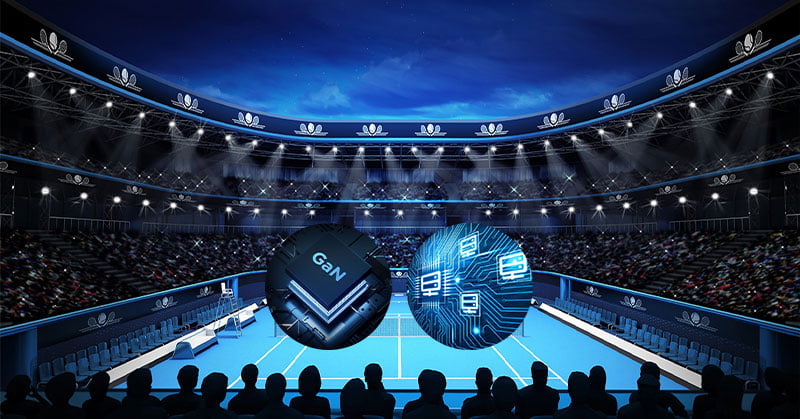
By focusing on these trends, LED driver manufacturers like uPowerTek are creating innovative solutions that cater to the specific needs of stadium lighting applications. This ensures energy-efficient, reliable, and intelligent lighting systems for enhanced performance and a superior spectator experience.

